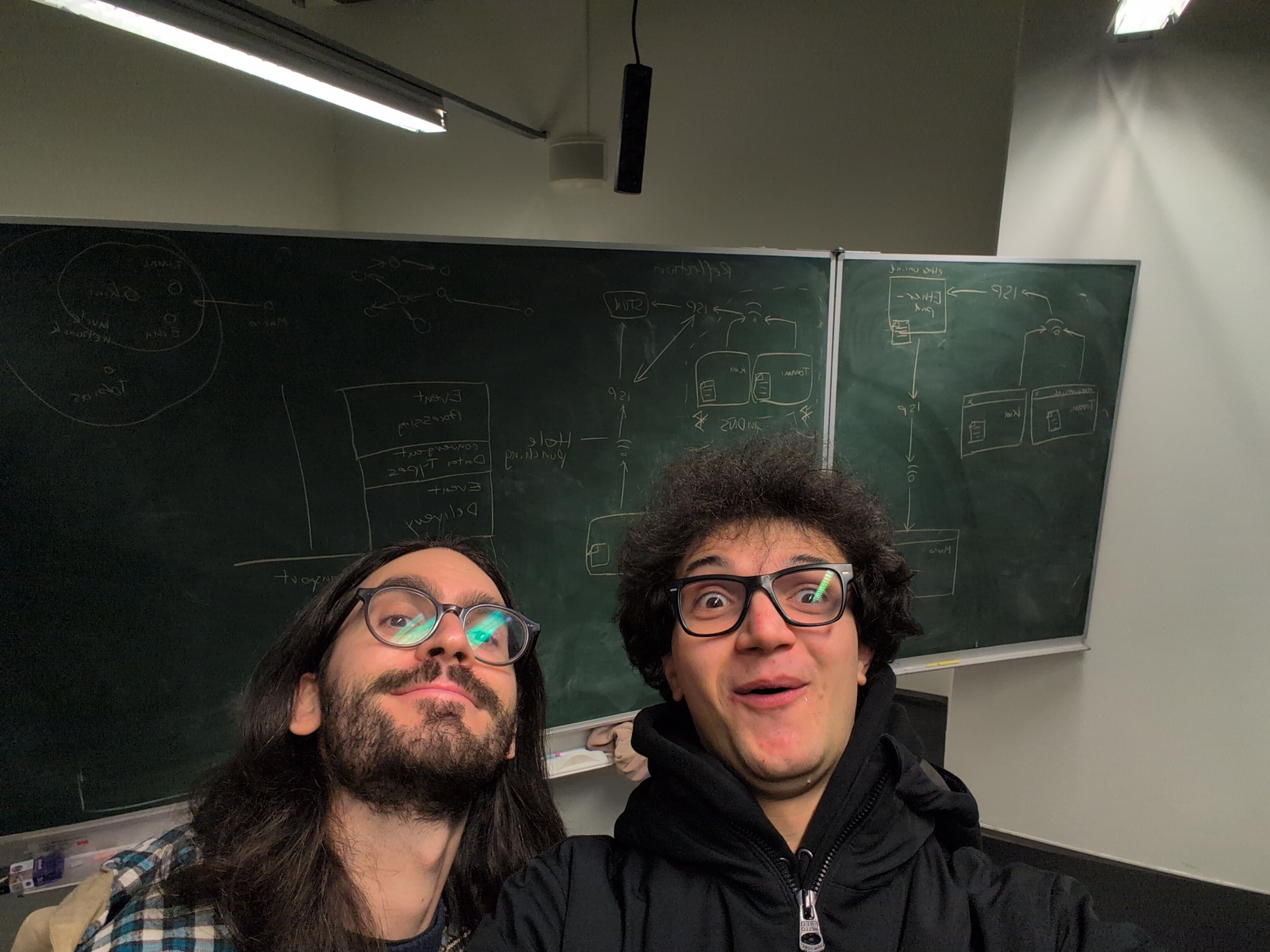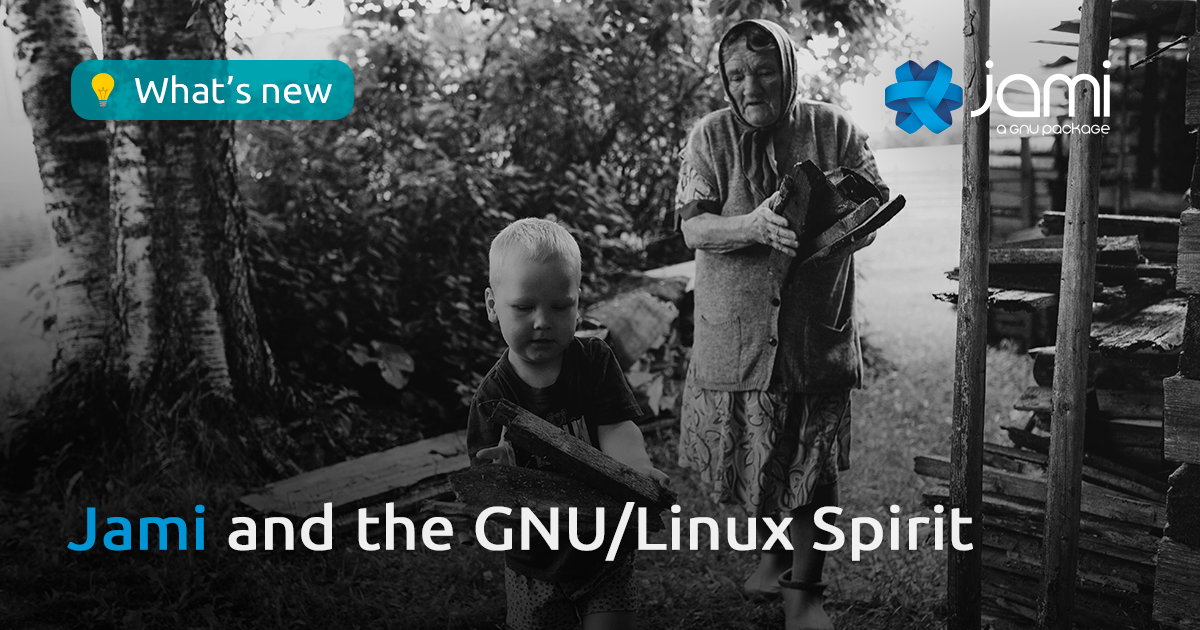Of course we forgot to take more meaningful photos, but yesterday’s Intro to Local First at @xpub it was super interesting and insightful 💡
Thanks @tbernard and @p2panda ❤️
We were surprised and glad that @KingmaYpe discovered the event via the Fediverse and joined us, giving us an insight on Local-First and private Smart Meter measurements 👀






